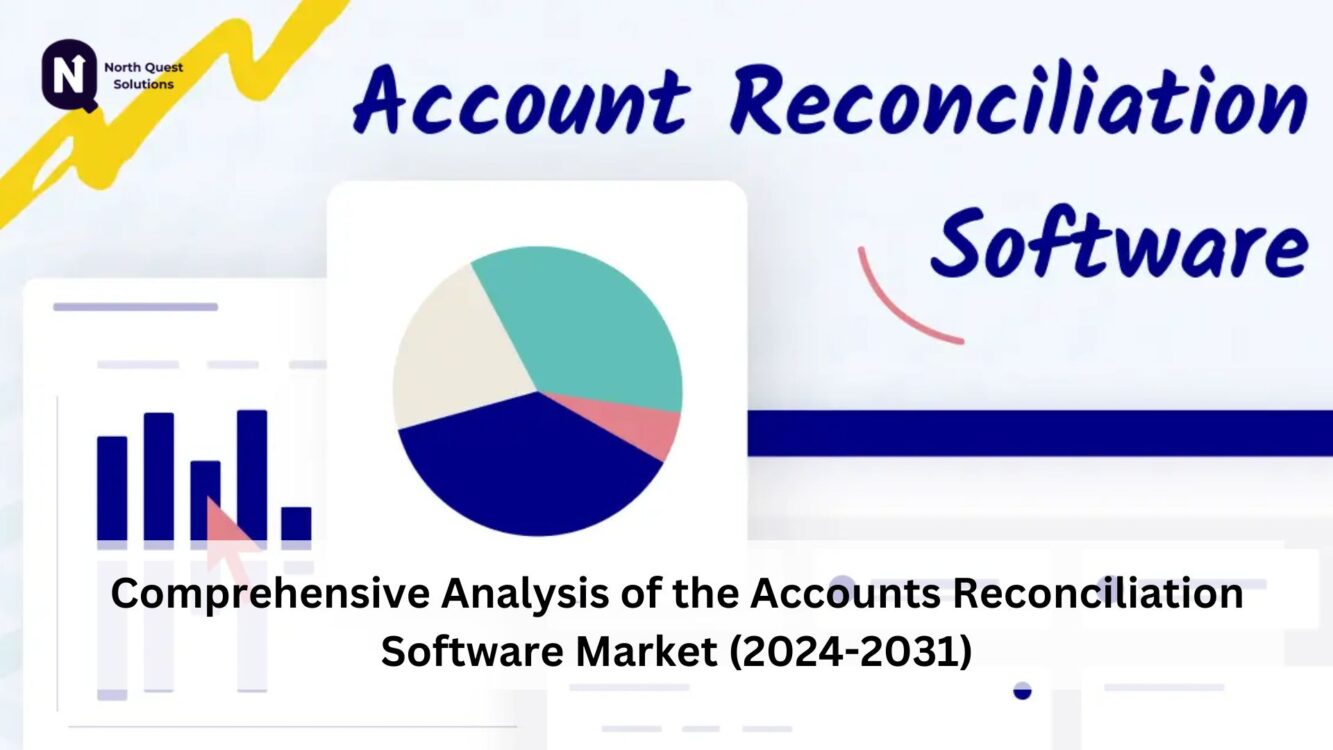
Businesses of all sizes must conduct account reconciliation to ensure accurate financial reporting. Failing to reconcile accounts regularly can result in financial misstatements, cash flow discrepancies, and potential compliance issues. Regular reconciliation helps:
- Maintain accurate financial statements
- Identify errors, omissions, or fraud
- Ensure compliance with regulatory requirements
- Improve cash flow management
- Enhance decision-making processes
Types of Account Reconciliation
1. Bank Reconciliation
One of the most common types of account reconciliation, bank reconciliation, involves comparing a company’s cash account records with its bank statements. This process helps identify outstanding checks, bank fees, deposit errors, and unauthorized transactions.
2. Customer Reconciliation
Customer reconciliation ensures that accounts receivable balances in a company’s records match the payments received from customers. This prevents billing disputes, unallocated payments, and discrepancies in revenue recognition.
3. Vendor Reconciliation
Vendor reconciliation involves verifying the accounts payable ledger against vendor statements to confirm that all invoices and payments align. This ensures businesses pay only what is owed and avoid duplicate payments or disputes.
4. Intercompany Reconciliation
For businesses with multiple subsidiaries or divisions, intercompany reconciliation ensures that transactions between entities are accurately recorded and balanced across financial statements.
5. General Ledger Reconciliation
General ledger reconciliation involves matching and verifying balances in different accounts, such as liabilities, assets, and equity, ensuring financial accuracy across all accounts.
Key Steps in the Account Reconciliation Process
1. Collect Financial Records
Gather all relevant financial records, including bank statements, general ledgers, vendor invoices, customer statements, and supporting documentation.
2. Compare Records
Compare internal records with external statements to identify discrepancies, missing transactions, or errors.
3. Investigate Discrepancies
Any mismatches or unexplained differences must be investigated. This could involve:
- Checking for duplicate transactions
- Identifying timing differences
- Reviewing for unauthorized charges or fraudulent activities
4. Adjust Financial Statements
Once discrepancies are identified and verified, adjustments are made to reflect the correct balances in financial records.
5. Document and Review
Maintain detailed records of the reconciliation process for audit trails, compliance, and future reference.
6. Implement Automation for Efficiency
Using accounting software or automation tools can streamline reconciliation processes, reducing manual errors and increasing efficiency.
Challenges in Account Reconciliation
1. Data Inconsistencies
Businesses often struggle with inconsistent financial data due to errors in manual data entry, duplicate transactions, or missing records.
2. High Volume of Transactions
For larger organizations, reconciling thousands of transactions can be time-consuming and complex.
3. Lack of Standardized Procedures
Without standardized reconciliation policies, businesses may face inconsistencies in financial reporting.
4. Fraud and Unauthorized Transactions
Failure to reconcile accounts regularly may allow fraudulent activities to go unnoticed, resulting in financial losses.
Best Practices for Effective Account Reconciliation
1. Reconcile Accounts Regularly
Performing reconciliations monthly or weekly helps detect and resolve issues promptly.
2. Leverage Accounting Software
Using automated reconciliation tools such as QuickBooks, Xero, or SAP can minimize manual errors and improve efficiency.
3. Establish Clear Policies and Procedures
Having well-documented accounting policies and controls ensures consistency in the reconciliation process.
4. Conduct Periodic Audits
Regular internal and external audits help verify the accuracy of financial data and identify potential fraud.
5. Train Finance Teams
Ensuring that accounting teams are well-trained in reconciliation procedures enhances financial accuracy and compliance.
Benefits of Accurate Account Reconciliation
- Improves Financial Accuracy – Ensures reliable financial reporting
- Enhances Compliance – Meets regulatory and auditing requirements
- Reduces Fraud Risk – Identifies unauthorized transactions early
- Optimizes Cash Flow Management – Helps businesses track cash inflows and outflows effectively
- Supports Business Growth – Provides better financial insights for strategic decision-making
Final Thoughts
Account reconciliation is an essential practice for businesses looking to maintain financial accuracy, prevent fraud, and improve overall financial health. By implementing structured reconciliation procedures, leveraging automation, and conducting regular audits, organizations can enhance their financial reporting, compliance, and operational efficiency.
Adopting best practices in account reconciliation ensures that businesses stay on top of their financial records, making informed decisions that drive long-term growth and stability.
Faq’s
1. What is the meaning of account reconciliation in accounting?
Account reconciliation is the process of comparing financial records, such as bank statements, invoices, or ledgers, to ensure accuracy and consistency. It helps identify discrepancies between internal records and external statements, ensuring that financial reports reflect the true financial position of a business.
2. Why is account reconciliation important for financial management?
Account reconciliation is essential for financial management because it ensures the accuracy of financial statements, prevents errors, detects fraud, and helps maintain compliance with accounting regulations. It also supports better decision-making by providing reliable financial data.
3. What are the key steps involved in the account reconciliation process?
The key steps in account reconciliation include:
- Gathering records – Collect relevant financial documents (bank statements, ledgers, invoices, etc.).
- Comparing balances – Match the recorded transactions with external statements.
- Identifying discrepancies – Locate errors, missing transactions, or fraudulent activities.
- Adjusting records – Correct errors or update records accordingly.
- Finalizing reconciliation – Ensure all discrepancies are resolved and document the process.
4. How often should businesses perform account reconciliation?
The frequency of account reconciliation depends on the type of account and business needs.
- Bank accounts: Typically reconciled monthly.
- Accounts payable & receivable: Often reconciled weekly or monthly.
- General ledger accounts: Reviewed quarterly or annually.
For high-volume businesses, daily reconciliation may be necessary to prevent financial discrepancies.
5. What are the common challenges faced during account reconciliation?
Some common challenges include:
- Data entry errors leading to mismatched records.
- Missing transactions due to timing differences.
- Fraudulent activities that distort financial accuracy.
- Inefficiencies caused by manual reconciliation processes.
- Difficulty in accessing accurate or complete financial records.
6. What is the difference between bank reconciliation and general ledger reconciliation?
- Bank reconciliation focuses on comparing a company’s bank statements with its internal financial records to ensure that all transactions match.
- General ledger reconciliation involves verifying the accuracy of all account balances in the company’s ledger, ensuring that all financial activities are properly recorded.
7. How can automation improve the account reconciliation process?
Automation improves account reconciliation by:
- Reducing human errors in calculations and data entry.
- Speeding up the reconciliation process with real-time matching.
- Providing automatic alerts for discrepancies.
- Enhancing audit trails and compliance.
- Integrating with accounting software to streamline financial reporting.
8. What are the consequences of not reconciling accounts regularly?
Failure to reconcile accounts regularly can lead to:
- Inaccurate financial statements and reporting.
- Unidentified fraudulent transactions or financial mismanagement.
- Cash flow issues due to missing or duplicate payments.
- Non-compliance with financial regulations, leading to penalties.
- Difficulty in financial planning and decision-making.
9. What are the best practices for efficient account reconciliation?
Best practices include:
- Reconciling accounts on a regular schedule.
- Using accounting software or automation tools.
- Implementing a standardized reconciliation process.
- Ensuring segregation of duties for accuracy and fraud prevention.
- Keeping clear and organized documentation of all reconciliations.
10. How can businesses detect fraud through account reconciliation?
Businesses can detect fraud through account reconciliation by:
- Identifying unauthorized or unusual transactions.
- Spotting duplicate or altered payments.
- Checking for missing deposits or unrecorded withdrawals.
- Analyzing trends in transaction patterns to detect anomalies.
- Ensuring that reconciliations are reviewed by multiple parties for accountability.
